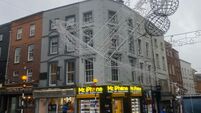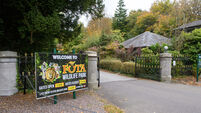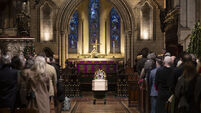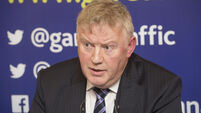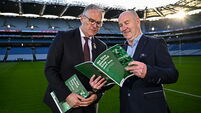Roger Casement commemorations: State ceremony recalls ‘complex’ character

Without question one of the most fascinating characters of the cause for Irish Independence, yesterday, 50 years after his remains were interred in Glasnevin Cemetery, he was honoured formally by the State he gave his life to help establish.
Having been hanged 100 years and one day ago in London’s Pentonville Prison for conspiring against the king with the German enemy, yesterday Casement the hero was hailed.







